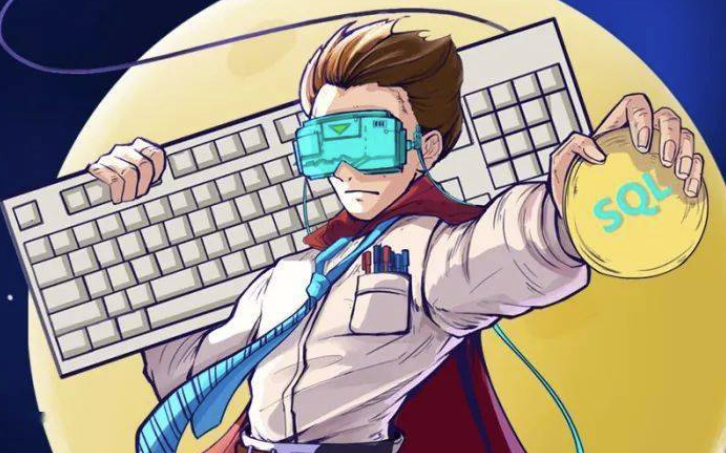The paper “MobileNeRF: Exploiting the Polygon Rasterization Pipeline for Efficient Neural Field Rendering on Mobile Architectures” demonstrates effective writing techniques that make the complex topic of neural rendering more accessible to a wider audience. The authors use several strategies to improve the clarity and readability of their work.
First, they provide a clear and concise introduction that establishes the problem being addressed and why it is important. This section sets the stage for the rest of the paper by providing context and motivation for their proposed approach.
Second, throughout the paper, the authors use diagrams and code snippets to illustrate key concepts. These visual aids help readers understand how different components of their approach fit together and how they contribute to overall performance improvements.
Third, when introducing technical terms or concepts, such as polygon rasterization pipeline or neural field rendering, the authors take care to define them clearly in context. This helps readers who may not be familiar with these topics follow along with the discussion.
Fourth, in addition to explaining their approach, the authors also evaluate its effectiveness thoroughly. They compare MobileNeRF to existing methods and provide detailed analysis of various parameters that can impact performance. This evaluation provides strong evidence for their claims about improved speed and memory usage.
Finally, while some sections of this paper may be challenging for readers who are new to either neural rendering or mobile architectures, overall, it is well-organized and easy to follow. The authors present information in a logical sequence that builds upon previous sections without assuming too much prior knowledge.
In conclusion, “MobileNeRF: Exploiting the Polygon Rasterization Pipeline for Efficient Neural Field Rendering on Mobile Architectures” showcases several effective writing techniques that improve accessibility without sacrificing technical rigor. By using clear language, visual aids, thorough evaluation, and logical sequencing of information, the authors make an important contribution to both neural rendering research and mobile device development.










![/data # iw --debug dev wlan0 connect -w "lucky-5g" auth open key 0:1234567890
Usage: iw [options] dev connect [-w] [] [] [auth open|shared] [key 0:abcde d:1:6162636465] [mfp:req/opt/no]
Join the network with ...](https://linuxcpp.0voice.com/zb_users/upload/2023/05/202305162239148267954.png)
![驱动代码
void kalRxTaskletSchedule(struct GLUE_INFO *pr)
{
static unsigned int num = 0;
tasklet_hi_schedule(&pr->rRxTask[(num++)%NR_CPUS]);
// tasklet_hi_schedule(&pr->rRxTask);
DBGLOG(HAL, ERROR,](https://linuxcpp.0voice.com/zb_users/upload/2023/05/202305162226144313964.png)







